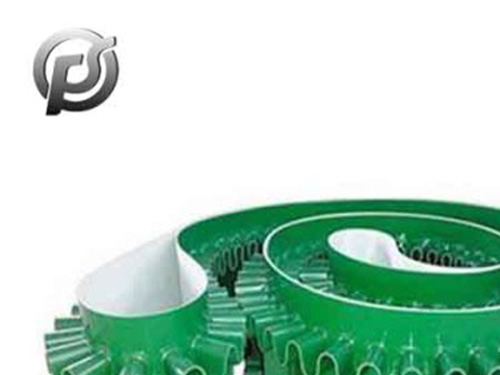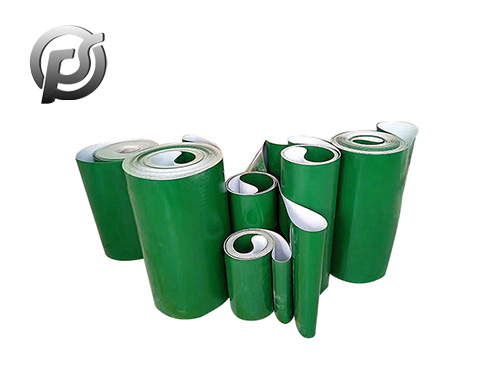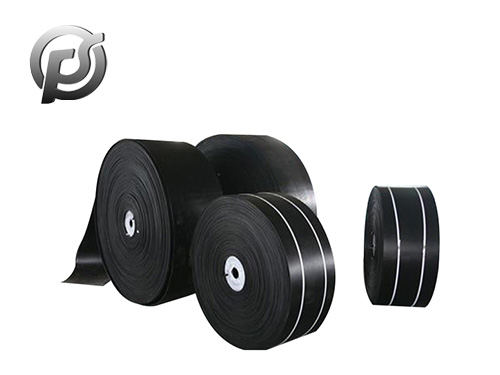Introduction:
Belt joining methods are essential techniques in various industries where conveyor belts and power transmission belts are used. This comprehensive guide will walk you through the fundamentals of using belt joining methods effectively, providing valuable insights and techniques to ensure strong and reliable belt connections.
Understanding Belt Joining Methods:
Belt joining methods refer to the techniques and processes used to connect and join the ends of conveyor belts and power transmission belts. These connections are crucial for the smooth and efficient operation of conveyor systems, industrial machinery, and more.
Safety First:
Before delving into the details of belt joining methods, it's vital to emphasize safety. Always wear appropriate personal protective equipment (PPE) such as gloves and eye protection when working with belts and joining methods.
Preparation:
Inspect the belt ends to be joined. Ensure that they are clean, dry, and free from any contaminants or foreign substances.
Verify that the belt ends have square and straight cuts. Trim if necessary to ensure proper alignment during joining.
Mechanical Fasteners:
Mechanical fasteners are a popular choice for joining belts due to their strength and reliability. These include hinged fasteners, solid plate fasteners, and wire hooks.
Steps for Using Mechanical Fasteners:
a. Align the belt ends to create a seamless connection.
b. Insert the fastener pins through the belt and fastener plates.
c. Tighten the nuts or bolts to secure the connection.
d. Check for proper alignment and tension.
Vulcanization:
Vulcanization is a heat-based method used for joining belts, primarily in industries where a seamless, endless belt is required. This process involves applying heat and pressure to melt and fuse the belt ends together.
Steps for Vulcanization:
a. Prepare the belt ends by stripping away a specific length of the belt cover.
b. Overlap the stripped belt ends, creating a seamless connection.
c. Place the belt ends in a vulcanizing press with the required temperature and pressure settings.
d. Monitor the vulcanization process, ensuring a strong, uniform bond is achieved.
Adhesive Bonding:
Adhesive bonding is suitable for lightweight belts and non-heavy-duty applications. Special adhesives are used to bond the belt ends.
Steps for Adhesive Bonding:
a. Apply the adhesive to the prepared belt ends.
b. Overlap the belt ends to create a strong bond.
c. Apply pressure using a belt clamp or other suitable equipment.
d. Allow the adhesive to cure for the recommended time.
Belt Lacing:
Belt lacing is a versatile joining method, often used for temporary or quick fixes. It involves stitching metal or plastic lacing through the belt ends.
Steps for Belt Lacing:
a. Align the belt ends for a secure connection.
b. Insert the lacing through the holes in the belt ends.
c. Secure the lacing with clips or staples.
d. Ensure the lacing is evenly spaced for uniform strength.
Best Practices for Strong Connections:
Follow manufacturer guidelines and recommendations for the specific type of belt and joining method.
Use appropriate tools and equipment for each method.
Regularly inspect and maintain joined belts to ensure they are in good condition.
Troubleshooting and Maintenance:
If you notice signs of wear, damage, or slippage in joined belts, address the issue promptly.
Periodically inspect belt joints for any signs of separation or degradation.
Conclusion:
Belt joining methods are crucial for maintaining the integrity of conveyor belts and power transmission belts in various industries. Whether you choose mechanical fasteners, vulcanization, adhesive bonding, or belt lacing, it's essential to select the right method based on your specific application and belt type.
By following the steps and best practices outlined in this guide, you can master the art of belt joining, ensuring strong and reliable connections that contribute to the efficiency and safety of industrial operations. Remember to prioritize safety at all times and perform regular maintenance to extend the lifespan of joined belts, minimizing downtime and maximizing productivity.
 Stone Conveyor Belt: Enhancing Efficiency and Productivity in Material Handling
Stone Conveyor Belt: Enhancing Efficiency and Productivity in Material Handling
 Optimizing Operations with PE Conveyor Belts: Durability, Efficiency, and Versatility
Optimizing Operations with PE Conveyor Belts: Durability, Efficiency, and Versatility
 Exploring the Efficiency and Versatility of Light Conveyor Belts
Exploring the Efficiency and Versatility of Light Conveyor Belts